San Francisco’s Homelessness: From ‘Bloom Loop’ Illusions to ‘Doom Loop’ Realities

California has become a focal point for homelessness in the United States, with a significant portion of the nation’s homeless population residing there. San Francisco, in particular, grapples with a pervasive homelessness issue that has garnered attention nationwide.
The city’s streets, once renowned for their charm and vibrancy, now bear witness to the challenges of rampant homelessness. Walking along the sidewalks has become a precarious endeavor, overshadowed by the omnipresent risk of encountering human waste.
The situation has led to the lamentable moniker of San Francisco being dubbed an “apocalyptic” urban landscape, a stark departure from its former allure.
The Root of Homelessness: Complex Factors and Misconceptions
The root causes of homelessness are multifaceted and complex. While it may be tempting to attribute homelessness solely to issues like drug addiction or mental illness, the reality is far more nuanced.
According to San Francisco’s most recent “point in time” count in 2022, approximately 20,000 individuals experienced homelessness at some point during the year.
Among those surveyed, more than one-fifth cited job loss as the primary reason for their homelessness, while 14% attributed it to eviction, and 12% to drugs or alcohol.
Other significant reasons people reported for becoming homeless include conflicts with family or friends leading to eviction (9%), mental health problems (7%), and involvement with the criminal justice system such as incarceration, parole, or probation issues (7%).
The spiral into homelessness often begins with the loss of stable housing, making it difficult for individuals to address other basic needs such as healthcare and nutrition, as highlighted by the report’s authors.
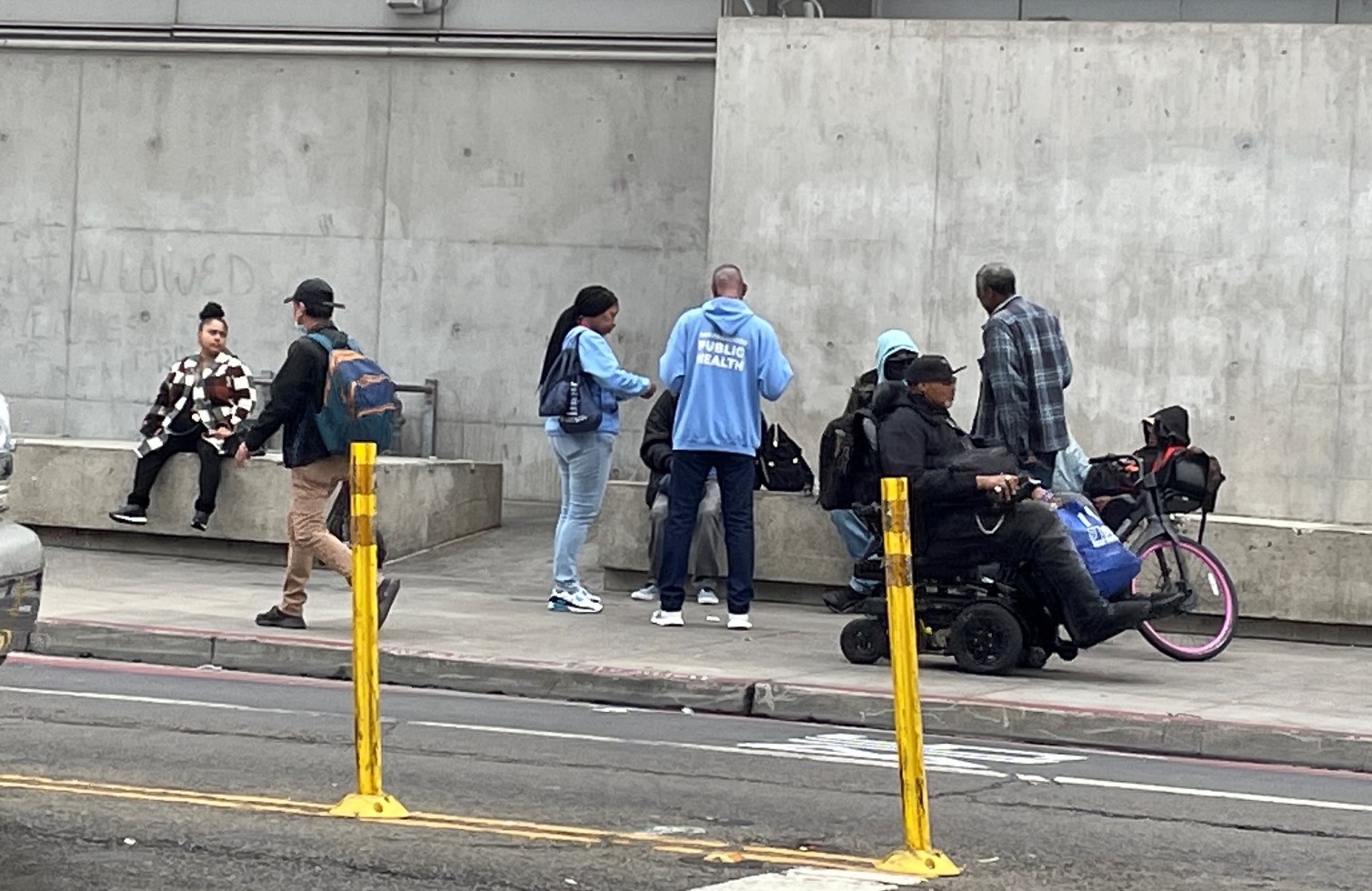
San Francisco’s housing market exacerbates the issue, being one of the least affordable places to live in the country. Despite the city’s population decline and news of businesses relocating, the median monthly rent for a one-bedroom apartment exceeds $3,000, double the national average.
In their book “Homelessness Is a Housing Problem,” researchers Gregg Colburn and Clayton Page Aldern emphasize that the homelessness crisis in coastal cities cannot solely be explained by levels of drug use, mental illness, or poverty. They point to rents and vacancy rates as the primary drivers of homelessness.
Cities with high poverty rates but relatively affordable housing, such as Detroit and Miami, have lower rates of homelessness compared to cities like Los Angeles, Seattle, and San Francisco, with expensive housing markets despite lower poverty rates.
While mental illness and substance abuse do play a role in homelessness, they are often consequences rather than causes. Experts liken the issue to a game of musical chairs, where those already disadvantaged are more likely to end up without housing.
Homelessness Intensity and Its Impact on San Francisco
The situation described underscores the complex challenges faced by communities grappling with homelessness, safety concerns, and governmental responses.
The recurrence of fires in homeless encampments poses serious risks to both homeless individuals and residents in affected areas, exacerbating tensions and frustrations.
Residents understandably express frustration and concern about the safety hazards posed by these fires, especially when warnings to city leaders seemingly go unheeded.
Numerous individuals hold city officials responsible for allowing San Francisco to deteriorate into what they perceive as an apocalyptic nightmare.
However, San Francisco Mayor London Breed’s response: “We can’t force people to accept or stay in a shelter and we’re unable to prevent people from setting up an encampment in an area that was just cleaned. This is the situation we are in.”
In addition, Mayor Breed noted that San Franciscans should take pride in the fact that they have the second-highest number of permanent supportive housing units per capita in the nation and have expanded shelter capacity by 50% since 2018.
San Francisco Mayor London Breed has been vocal about the city’s accomplishments in providing supportive housing for the homeless and expanding shelter capacity. However, there’s a growing debate about whether these metrics truly represent success in addressing homelessness.
Rethinking the “Housing First” Approach: Assessing Effectiveness and Challenges
For years, San Francisco has been at the forefront of promoting a “housing first” approach to homelessness, which is more than just a strategy—it’s evolved into a movement. The core principle of this approach is simple yet profound: to end homelessness by providing individuals with homes, no strings attached.
It’s a compassionate gesture that entails handing over keys to a new apartment or house, recognizing that stable housing is foundational for individuals to rebuild their lives.
The underlying belief driving the “housing first” approach is that having a stable home provides individuals with the stability and security needed to address other challenges they may face, such as securing employment or accessing treatment for addiction and mental illness.
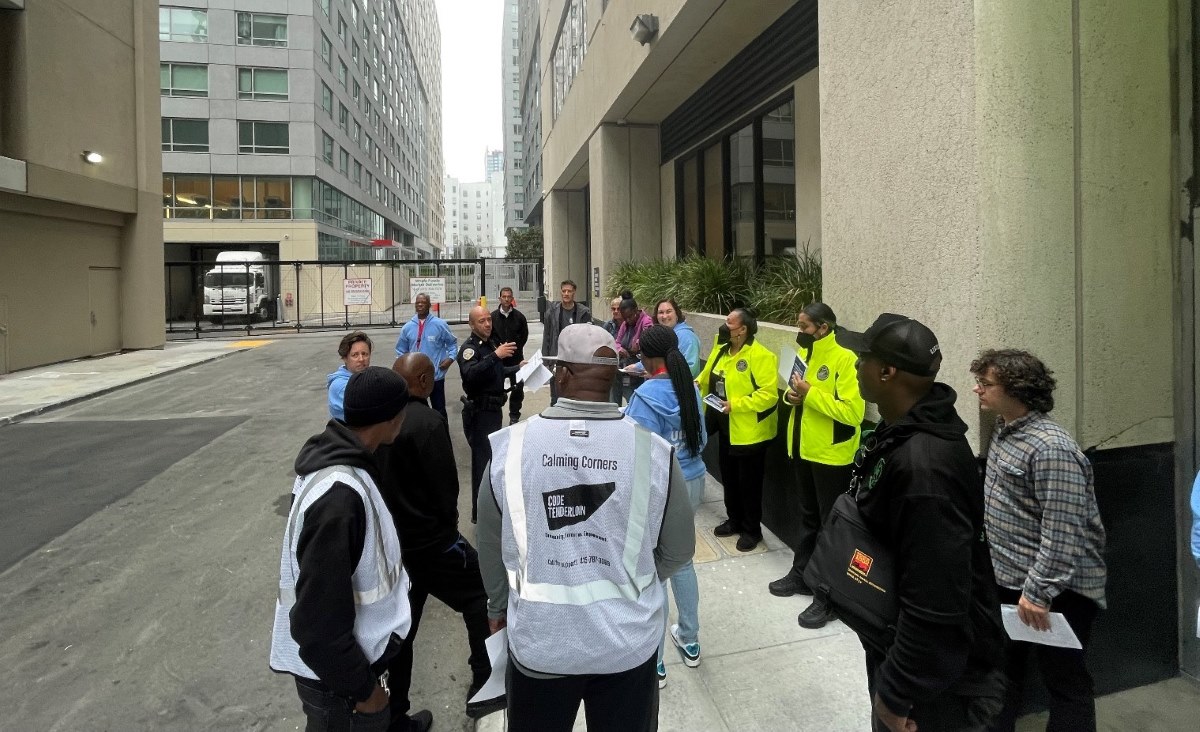
The National Alliance to End Homelessness underscores the efficacy of the “housing first” model, citing a wealth of studies that demonstrate its effectiveness in reducing and ultimately ending homelessness. By prioritizing housing as the first step in addressing homelessness, communities can provide individuals with the stability and support necessary to address other aspects of their lives.
However, the question remains: Are supportive housing and increased shelter beds the most accurate measures of success in combating homelessness?
While they are undoubtedly important components of a comprehensive strategy, success in addressing homelessness ultimately hinges on broader factors, including access to mental health services, substance abuse treatment, job training programs, and affordable housing options.
The “housing first” approach, despite its noble intentions, appears to be falling short in effectively addressing homelessness in San Francisco, particularly regarding homeless encampments.
Despite efforts to provide supportive housing and expand shelter capacity, the number of people sleeping on the streets remains alarmingly high.
According to the San Francisco Standard, approximately 4,400 individuals sleep on the streets of San Francisco on any given night, highlighting the persistent challenges faced by the city’s homeless population.
The severity of the situation has prompted neighborhoods to take matters into their own hands, resorting to raising funds for heavy planters to block homeless encampments from occupying sidewalks.
Moreover, the failure of the “housing first” approach to effectively address homelessness not only represents a social and humanitarian concern but also poses significant financial implications.
Evaluating the “Shelter First” Approach in San Francisco
Therefore, San Francisco Mayor London Breed has proposed a “shelter first” approach as a means to address the city’s homelessness crisis.
This strategy entails transitioning homeless individuals into shelters, where they can access essential amenities such as food, showers, and community resources at a fraction of the cost compared to permanent housing units. However, shelters operate on a short-term basis, imposing limits on how long individuals can stay.
Mayor Breed has long advocated for this approach as the initial step in assisting people off the streets. Analogous to applying a bandage to a stab wound, the “shelter first” approach may not offer the most effective solution but represents a pragmatic response given the urgency of the situation.
However, Governor Gavin Newsom’s mandate for the construction of 82,000 new permanent housing units for the homeless presents a potential challenge to Breed’s proposal.
The directive raises questions about the balance of power between local and state governments and the allocation of resources in addressing homelessness.
Despite the financial constraints faced by San Francisco, Mayor Breed aims to redirect some of the funds allocated for permanent housing towards improving shelter infrastructure. This reallocation reflects the city’s pressing need to address homelessness promptly, especially with Breed facing reelection next year amid heightened public scrutiny.
However, challenges persist as half of San Francisco’s homeless population refuses to utilize shelters. Reports suggest that shelters suffer from overcrowding, rampant drug use, and incidents of violence, dissuading individuals from seeking refuge in these facilities.
While initiatives to improve shelter conditions are underway, it’s essential to recognize that “housing first” and “shelter first” approaches are not the only viable options in addressing homelessness. Alternative strategies and innovative solutions must be explored to meet the diverse needs of homeless individuals and communities.
The Illusion of San Francisco’s Cleanup: Surface vs. Substance
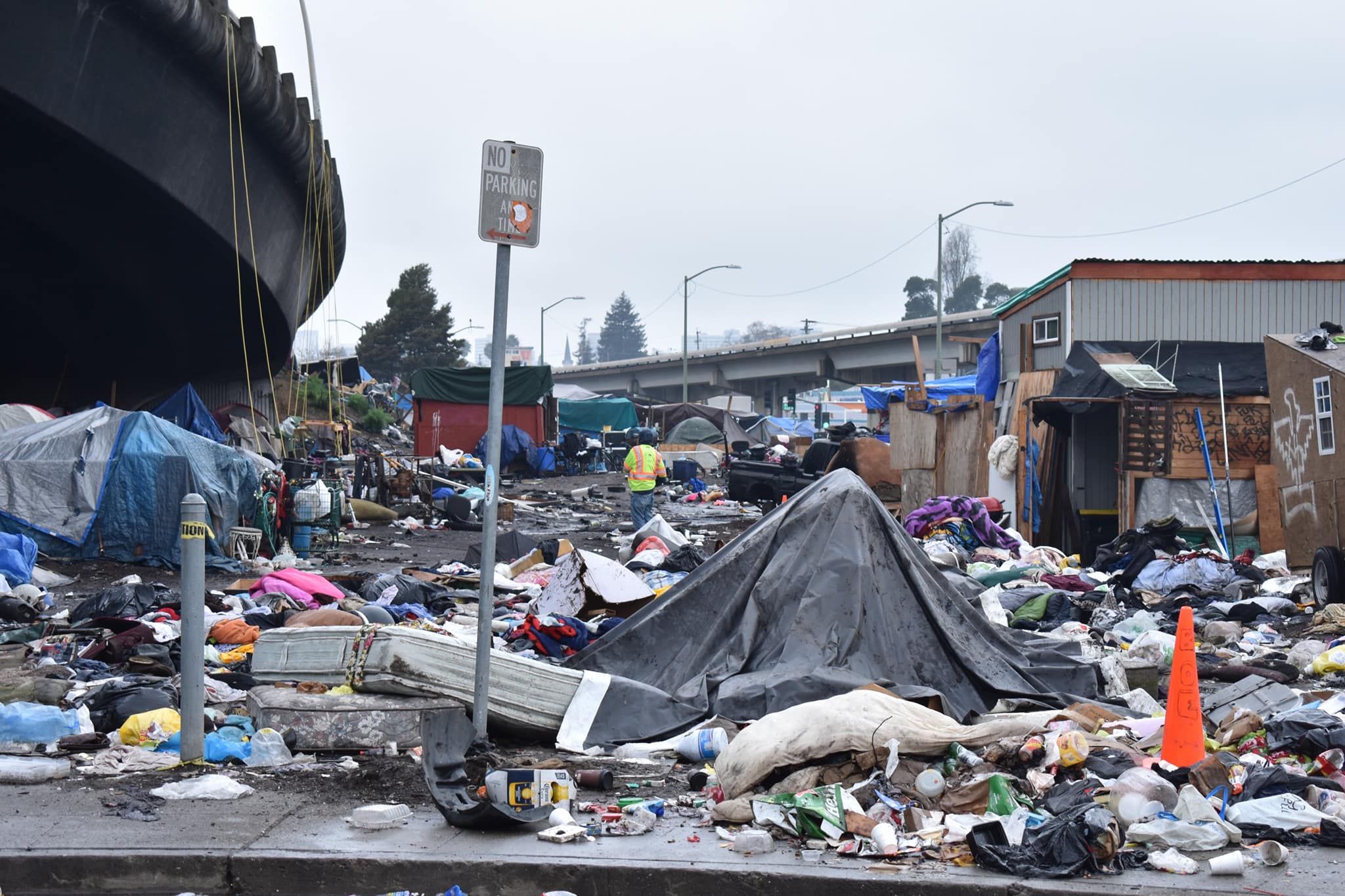
Recently, due to the Asia-Pacific Economic Cooperation (APEC) forum, a significant cleanup effort was undertaken in San Francisco, aiming to improve the city’s appearance and infrastructure ahead of the international event.
The urgency to present a sanitized image to world leaders underscores the city’s desire to avoid international embarrassment, but it also raises questions about the sincerity of its commitment to addressing systemic issues, particularly homelessness and drug abuse.
The cleanup, characterized by extensive power-washing, removal of homeless encampments, and crackdowns on drug markets, has transformed once-blighted areas into sanitized zones fit for international gatherings.
However, the swift and selective nature of these efforts has sparked skepticism among residents, who question why such action wasn’t taken sooner and whether it serves the interests of political optics more than the well-being of the community.
The transformation of notorious sites like UN Plaza and the Ferry Building into recreational spaces and cultural hubs represents a symbolic departure from their troubled past.
Yet, beneath the surface, the root causes of social unrest remain largely unaddressed, prompting concerns about the sustainability and equity of the city’s approach.
The creation of an APEC security zone, complete with tall fences and planters to deter homeless encampments, highlights the city’s prioritization of security and image control over addressing the underlying issues of poverty and inequality.
The temporary nature of these measures begs the question of what will happen once the international spotlight fades and whether San Francisco’s problems will resurface with renewed vigor.
Moreover, the timing of the cleanup efforts, coinciding with the visit of world leaders like US President Joe Biden and Chinese Communist leader Xi Jinping, raises ethical questions about the city’s motives and its willingness to prioritize political expediency over the long-term well-being of its citizens.
Mayor London Breed said: “We want people, especially those who are coming here from other places, to experience San Francisco for themselves so that they can tell the story from their own experience of walking the streets and visiting other parts of our city.”
This just reflects her intention to portray San Francisco positively during times of heightened attention and scrutiny.
She also said: “We want to make sure that the real story of San Francisco is told.”
While officials hope for a positive economic impact from international events like APEC, critics question their priorities, accusing them of prioritizing optics over citizen welfare.
Governor Gavin Newsom’s acknowledgment of pre-existing conversations suggests a disconnect between residents’ concerns and policymakers’ agendas, exemplified by his trivial remarks amidst pressing issues.
“I know folks say, ‘Oh, they’re just cleaning up this place and all those fancy leaders are coming into town. That’s true because it’s true. But it’s also true for months and months and months prior to APEC we’ve been having different conversations,” he said.
“Any time you put on an event, by definition, you know, you have people over to your house,” he added.
San Francisco’s struggle with homelessness persists despite efforts to address it through shelter expansion. Financial constraints hinder the establishment of adequate support systems, leaving many homeless individuals stranded.
The displacement of homeless individuals ahead of APEC reflects broader systemic issues, prompting concerns about the city’s post-event trajectory. Homeless residents, already marginalized, face further marginalization as their needs are sidelined in favor of international appearances.
The critique leveled against San Francisco by Chinese outlets, branding it a “total failure” and a “Garbage city” while highlighting its perceived descent into a “death loop,” carries particular weight given the source—the Chinese Communist Party.
“Things are just as bad as they’ve ever been. Nothing has changed… They cleaned it up for a couple of days, but nothing permanent,” one business owner said.
Therefore, the aftermath of the Asia-Pacific Economic Cooperation summit in San Francisco reveals a sobering reality: the extensive cleanup efforts undertaken during the event were only temporary solutions to longstanding issues.
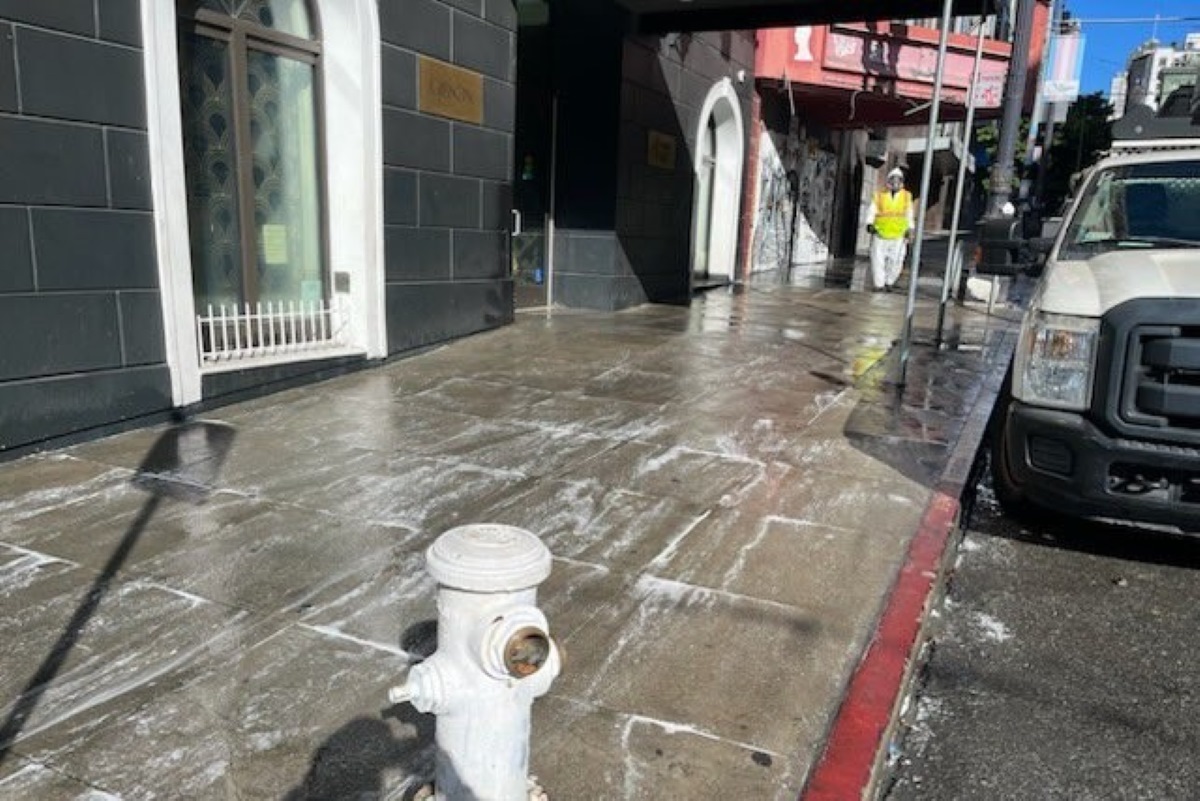
In the Tenderloin district, where streets were briefly clear and sanitized, homeless encampments have swiftly returned, highlighting the persistent challenges of homelessness and street conditions in the city.
“There doesn’t seem to be any serious plan for getting folks the help they need and getting folks off the streets, and it continues to be a source of great frustration for people in the neighborhood,” Supervisor Dean Preston, representing the Tenderloin district, has openly criticized.
While the heightened police presence during APEC temporarily displaced many unhoused individuals, they have now resumed their presence in the area.
Residents and officials alike express frustration with the lack of a comprehensive plan to address homelessness effectively.
Many individuals continue to decline assistance. While some progress has been made, with 82 people placed into residential settings, treatment, and housing since the end of APEC, the rejection rate remains high.
The city’s Department of Homelessness has expanded shelter capacity, adding 300 more beds since the pandemic and an additional 30 for overnight lodging during the winter months.
Mayor London Breed has directed city agencies to explore new approaches, including leveraging a forthcoming state law to expand criteria for court-appointed conservatorship over individuals in crisis due to substance abuse. However, these measures are seen as incremental steps in a broader effort to address the complex issue of homelessness in San Francisco.
Structural Challenges: Why San Francisco Can’t Solve Homelessness
Despite allocating substantial funds, such as the $646 million budget for the Department of Homelessness and Supportive Housing in 2024, the city has witnessed a 43% increase in homelessness from 2005 to the latest point-in-time count in 2022.
Decades of attempts by elected officials to address homelessness have yielded limited success, with solutions often falling short due to a variety of systemic issues.
The origins of the crisis can be traced back to the closure of large mental health hospitals in the 1960s and 1970s, which led to a lack of adequate community mental health care resources and subsequently contributed to a rise in homelessness.
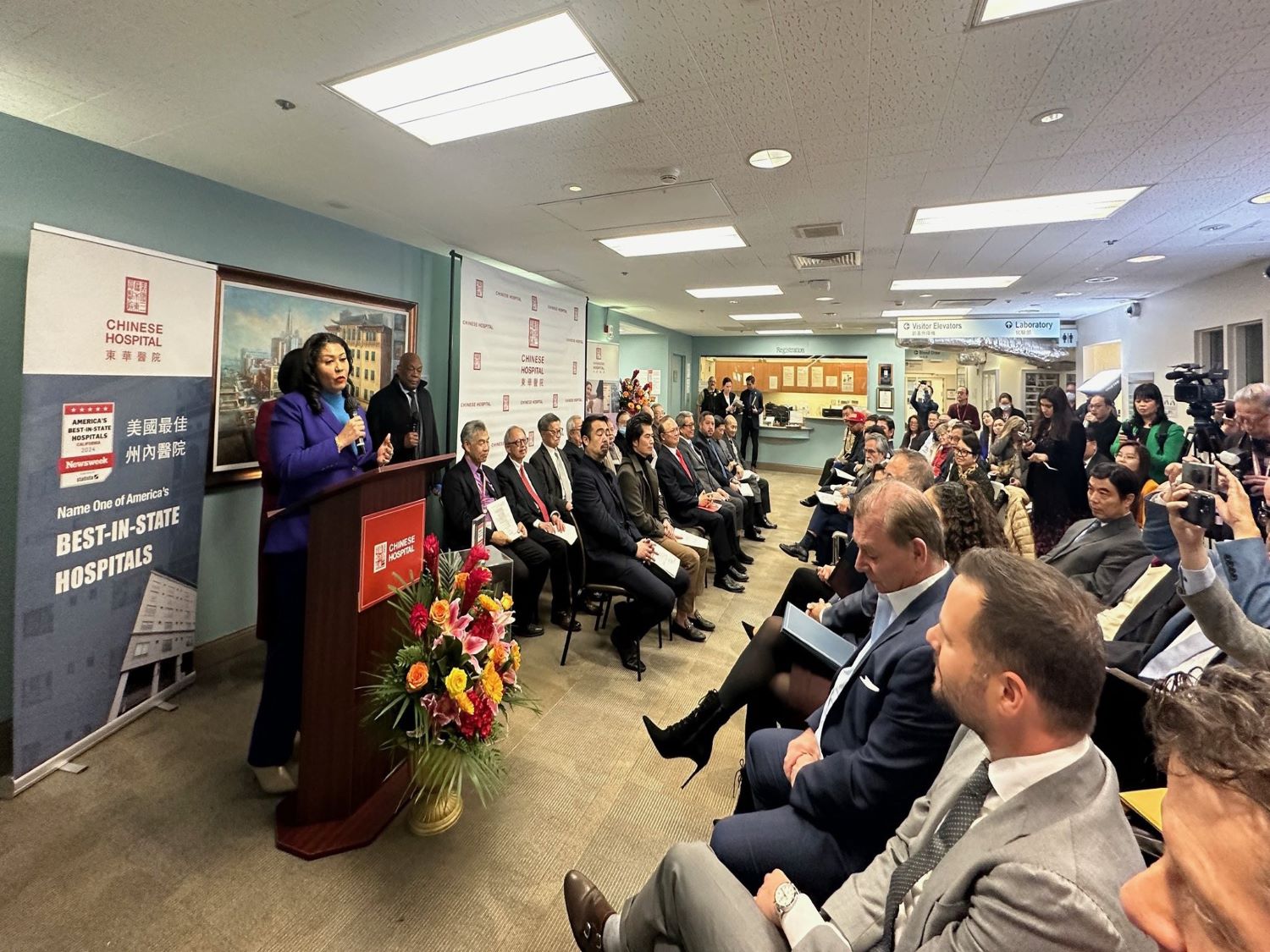
Moreover, San Francisco’s governance structure has been characterized by misaligned incentives and a lack of long-term vision among elected officials. The pursuit of quick political wins over sustainable, collaborative solutions has hindered progress in effectively addressing the underlying causes of homelessness.
Mayors like Dianne Feinstein and Art Agnos implemented short-term strategies that failed to address the root issues, highlighting the need for a more comprehensive approach.
Furthermore, the lack of coordination among city departments has resulted in inefficiencies and wasted resources. Despite increased budget allocations, the fragmented service delivery system has made it difficult for individuals with mental health or substance use disorders to navigate the treatment bureaucracy, leading to poor patient outcomes and high rates of recidivism.
San Francisco’s governance by extremes, exemplified by its housing-first approach, has further limited the city’s ability to respond effectively to the homelessness crisis.
While prioritizing permanent housing is essential, the focus on housing-first above other essential services and shelter options has proven insufficient in addressing the complex needs of unhoused individuals.
Ultimately, the persistence of the homelessness crisis in San Francisco underscores the urgent need for systemic reforms and collaborative solutions.
Electing results-oriented leaders and reforming the government structure to promote accountability and coordination across departments are critical steps toward addressing the root causes of homelessness and building a more inclusive and equitable city for all residents.








